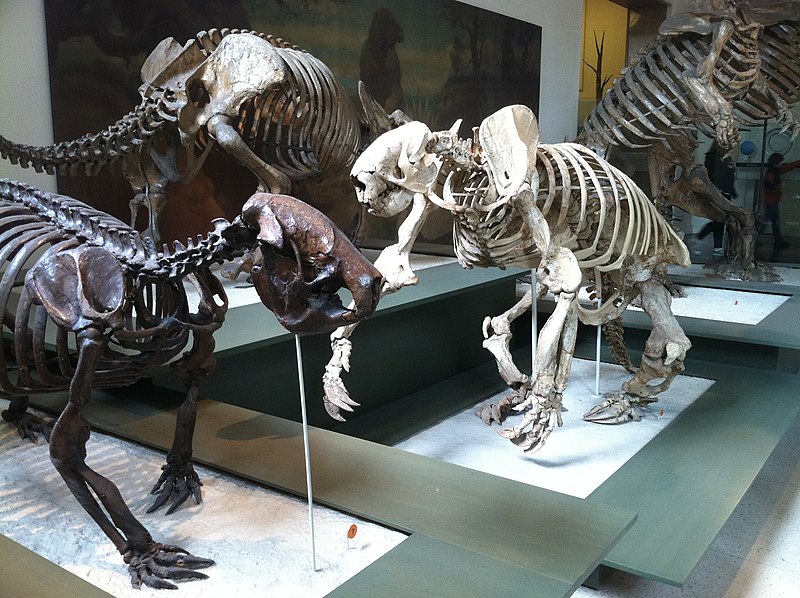File:Ground sloths.jpg
Vai alla navigazione
Vai alla ricerca

Dimensioni di questa anteprima: 800 × 598 pixel. Altre risoluzioni: 320 × 239 pixel | 640 × 478 pixel | 1 024 × 765 pixel | 1 280 × 956 pixel | 2 592 × 1 936 pixel.
File originale (2 592 × 1 936 pixel, dimensione del file: 1,99 MB, tipo MIME: image/jpeg)
Cronologia del file
Fare clic su un gruppo data/ora per vedere il file come si presentava nel momento indicato.
| Data/Ora | Miniatura | Dimensioni | Utente | Commento | |
|---|---|---|---|---|---|
| attuale | 11:39, 21 lug 2012 |  | 2 592 × 1 936 (1,99 MB) | File Upload Bot (Magnus Manske) | Transferred from Flickr by User:FunkMonk using flickr2commons |
Pagine che usano questo file
La seguente pagina usa questo file:
Utilizzo globale del file
Anche i seguenti wiki usano questo file:
- Usato nelle seguenti pagine di af.wikipedia.org:
- Usato nelle seguenti pagine di ar.wikipedia.org:
- Usato nelle seguenti pagine di en.wikipedia.org:
- Usato nelle seguenti pagine di fa.wikipedia.org:
- Usato nelle seguenti pagine di id.wikipedia.org:
- Usato nelle seguenti pagine di ko.wikipedia.org:
- Usato nelle seguenti pagine di simple.wikipedia.org:
- Usato nelle seguenti pagine di uk.wikipedia.org:
- Usato nelle seguenti pagine di www.wikidata.org:
